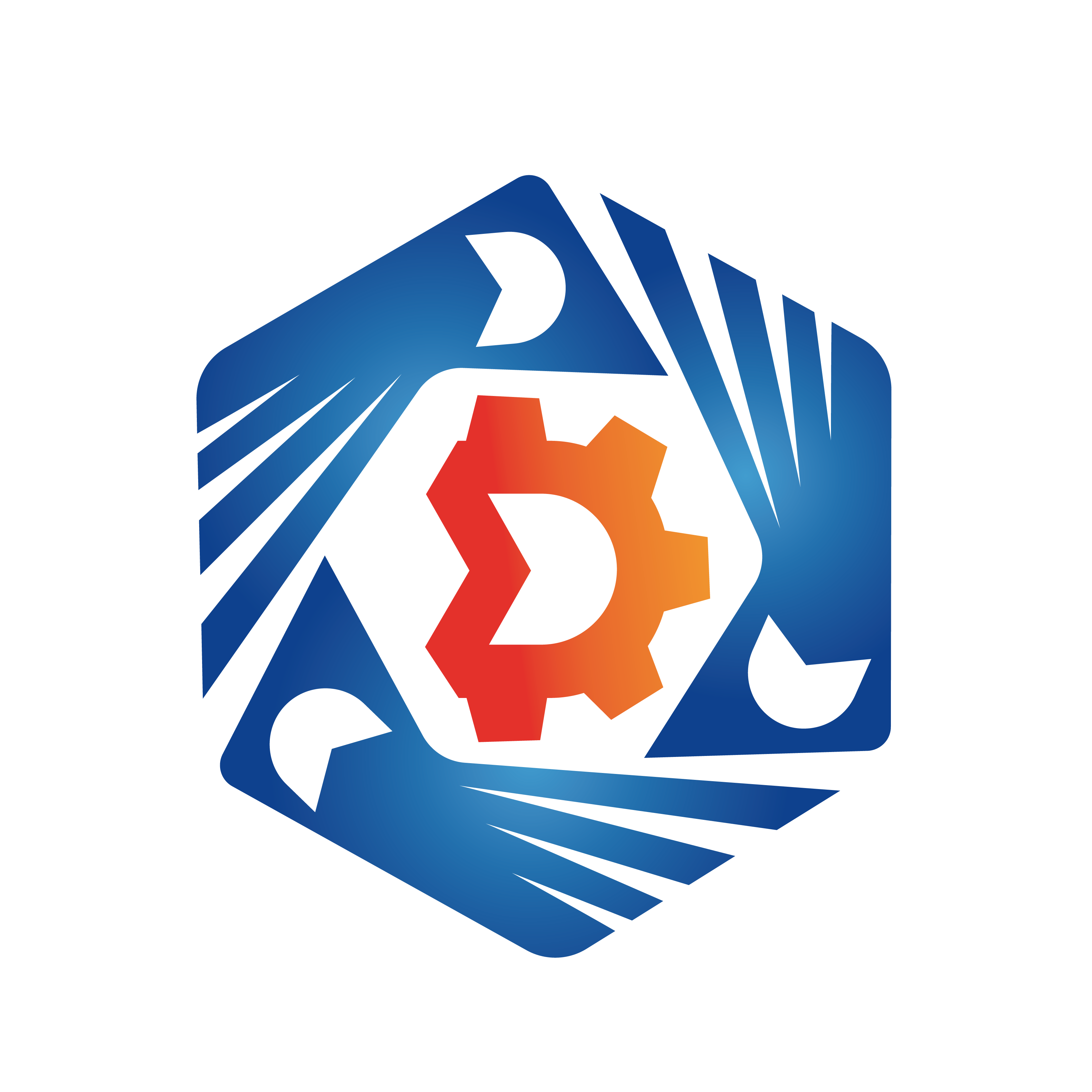A lift is a mechanical device used to lift or lower people, goods or equipment in the vertical direction.
It usually consists of a carrying platform, a drive system, a control system and a supporting structure. The carrying platform is the part used to place the objects or people to be transported. Its size and carrying capacity vary according to different usage requirements.
The drive system is the power source for the operation of the lift. It may adopt an electric motor, a hydraulic device or other power forms to realize the ascending and descending actions of the platform. The control system is responsible for precisely controlling the operating speed, stopping position and safety guarantee functions of the lift to ensure smooth and safe operation.
The supporting structure provides a stable foundation and framework for the lift, enabling it to move stably in the vertical direction.
Lifts play an important role in many fields such as construction, warehousing and logistics, and industrial production. On construction sites, it can help workers quickly reach different floors for operations. In warehouses, it can efficiently transport goods to shelves of different heights. In industrial production, it is convenient for the installation and maintenance of equipment.
In general, a lift is a specially designed mechanical device. Through its unique structure and function, it realizes convenient transportation in vertical space and greatly improves work efficiency and operational convenience.

